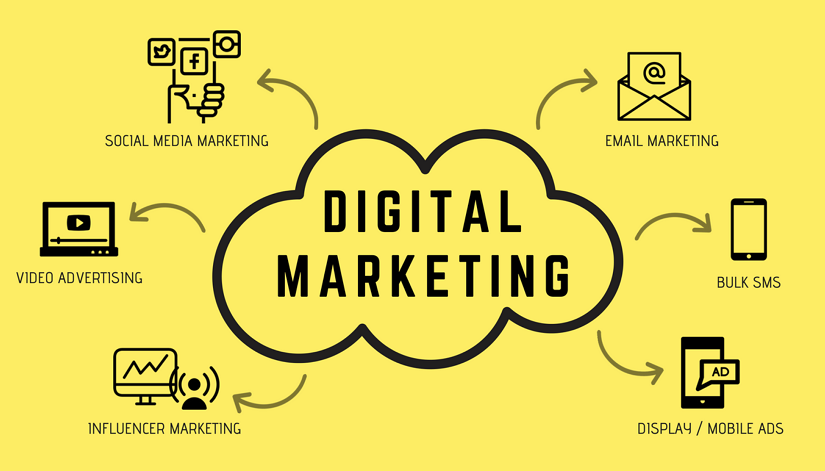SEO
Web Hosting
Reasons to Avoid Impacting the Other When Monitoring One’s Productivity and Privacy
The demand for a deeper knowledge of employee behavior in remote work is expanding, as evidenced by the 78{8f980e8f12c7cd70f154cf4b61e16c63042dd8985921cf99ac99c87a196a0074} of companies that were checking their…
Software
Gadget
The Evolution of Aero Engineering: From the Wright Brothers to Modern Aircraft
Aero engineering has witnessed a remarkable evolution since the Wright Brothers' first powered flight in 1903. From the groundbreaking innovations…
What to Look for When You Buy a Used iPhone 12
Buying a used iPhone 12 can be a great way to get a premium device at a more affordable price,…
What’s Next: A Sneak Peek into the Future of iPhone 15 Cases
Technology is a fast-paced field where invention never stops. As we eagerly anticipate the release of the iPhone 15, enthusiasts…
The Catch – 6 Things About A Fast Charging Power Bank
As technology continues to advance, fast-charging accessories are becoming more important than ever. These accessories allow us to quickly charge…




























